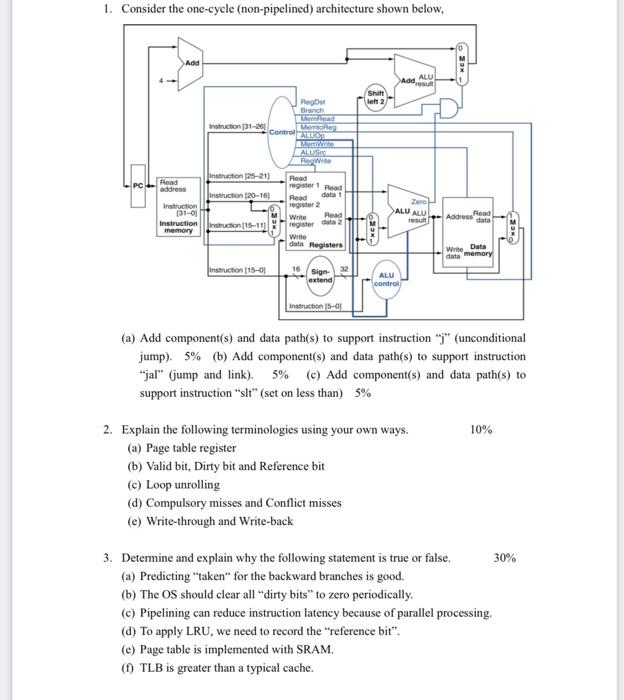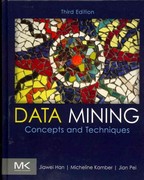Answered step by step
Verified Expert Solution
Question
1 Approved Answer
1. Consider the one-cycle (non-pipelined) architecture shown below, (a) Add component(s) and data path(s) to support instruction j (unconditional jump). 5% (b) Add

Step by Step Solution
There are 3 Steps involved in it
Step: 1

Get Instant Access to Expert-Tailored Solutions
See step-by-step solutions with expert insights and AI powered tools for academic success
Step: 2

Step: 3

Ace Your Homework with AI
Get the answers you need in no time with our AI-driven, step-by-step assistance
Get Started


